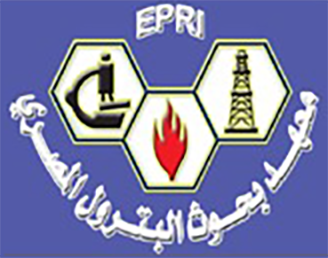Article Type
Research Paper
Abstract
The aim of this study was to use numerical methods to examine how the flow of nanofluid through porous media impacts the local heat transfer and friction factor in a two-dimensional Photovoltaic/Thermal system (PV/T). Top part of the system is a high-efficiency solar panel with a length of 2182 mm, while the other parts are thermally insulated. Aluminum foam with open-cell structure made from (6101-T6 alloy) with a porosity of 0.92-0.9353% and 20 PPI pore density was used as the porous media. Nanoparticles of aluminum oxide (Al2O3) and silicon dioxide (SiO2) were suspended in water and ethylene glycol (EG) at a volume concentration of 1%, with a nanoparticle diameter of 25 nm. The PV/T system utilized high-efficiency solar panels with thermal collectors set at tilt angles of 0°, 10°, 30°, 45°, and 90°. The analysis was conducted by creating a numerical model using the commercial software ANSYS FLUENT. The influence of the porosity, the Reynolds number and the PV/T tilt angle were analyzed. The Finite-Volume Method (FVM) was utilized to tackle the governing equations of momentum, energy, and continuity. The numerical findings revealed that local heat transfer coefficient was highest at the PV/T system inlet and decreased significantly with distance due to the fluid's maximum temperature at the inlet. Additionally, the introduction of nanofluid and porous media led to an increase in the friction factor compared to the base fluid alone. The friction factor decreased with increasing porosity due to the reduced pressure drop and PV/T tilt angle, while it increased with decreasing Reynolds number up to 200% .
Keywords
Local Heat Transfer, Friction Factor, Photovoltaic/Thermal System, Nanofluids, Aluminum Foam.
Recommended Citation
Alzamili, Hanan Saad; Mahdi, Raed Abed; and Hussain, Hazim H.
(2024)
"The Hydraulic Performance of Nanofluids and Porous Media for the PV/T System,"
Egyptian Journal of Petroleum: Vol. 33
:
Iss.
1
, Article 16.
Available at: https://doi.org/10.62593/2090-2468.1007
Creative Commons License

This work is licensed under a Creative Commons Attribution-NonCommercial-No Derivative Works 4.0 International License.






